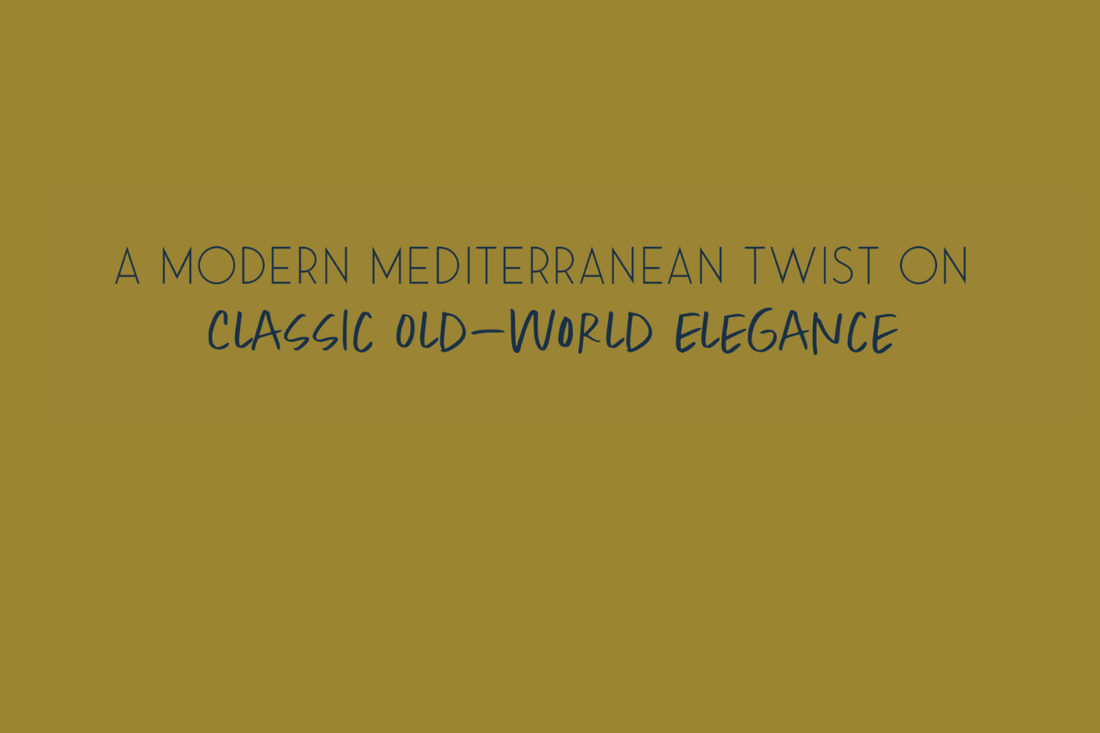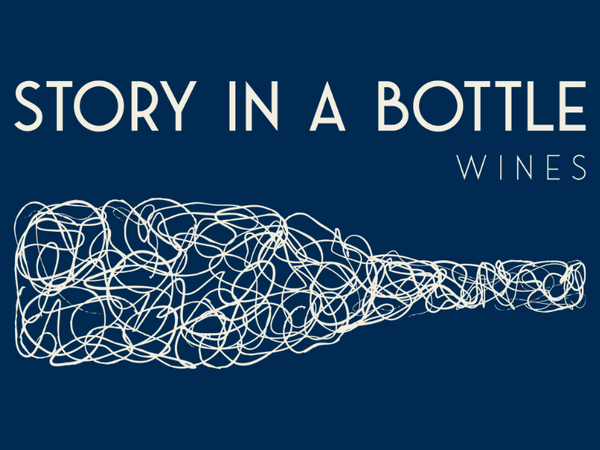
A Modern Mediterranean Twist on Classic Old-World Elegance
Share
By the 1970s, winemakers in Tuscany along the coast near the village of Bolgheri, were struggling under the DOC/DOCG regulations, released a decade earlier, that mandated Tuscan wines be at least 70% Sangiovese. The soil and climate along the coast were different than the rest of Tuscany and producers there wanted to experiment with non-native grapes. Specifically, they had their eye on red Bordeaux blending grapes like Cabernet Sauvignon, Merlot, and Cab Franc.
These early Super Tuscan producers wanted to mimic the winemaking style that the famous estates in Bordeaux had spent centuries perfecting. So, while Chianti producers continued to age their Sangiovese-based wines in large Slavonian oak barrels, the Bolgheri producers started using smaller barriques made from French oak. Slavonian oak barrels hold thousands of liters of wine, so impart subtler oak influence and allow for slower, more gentle aging. French barriques, on average, hold 225 liters of wine, so extended oak contact conveys pronounced notes of vanilla, spice, toast, and fine tannins—characteristics associated with Bordeaux-style wines.
The Bolgheri winemakers were free to make their experimental international blends, but they were denied the coveted DOC/DOCG classifications and had to market their wines as Vino da Tavola or table wines. The term Super Tuscan came from the international press, who were impressed by these new, bold Tuscan wines. The name stuck and in 1992, Italy created the IGT classification, officially separating Super Tuscans from average table wines.
Super Tuscan wines and Bordeaux blends share some grape varietals and winemaking techniques, but their flavor profiles still reflect some important regional identities.
